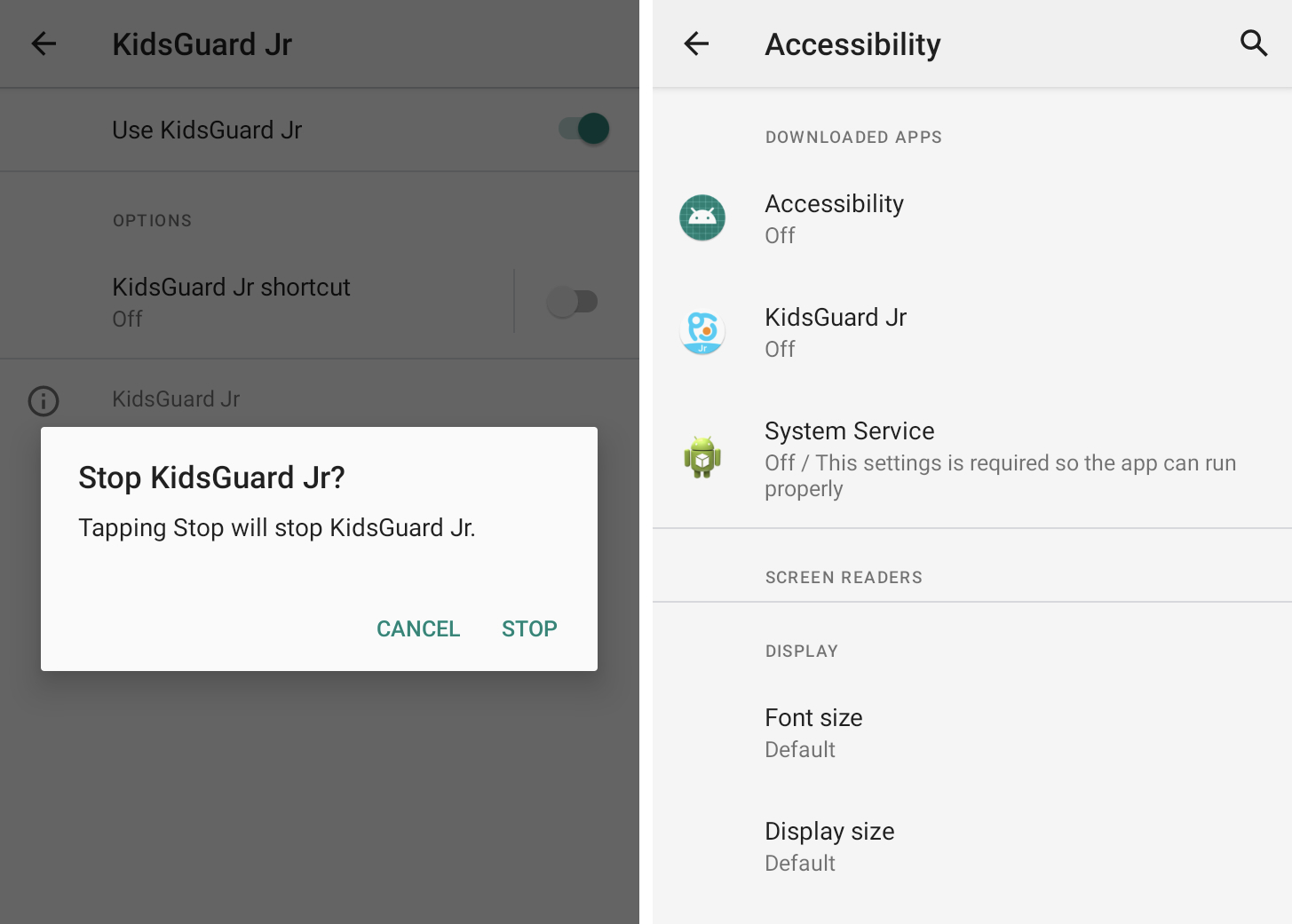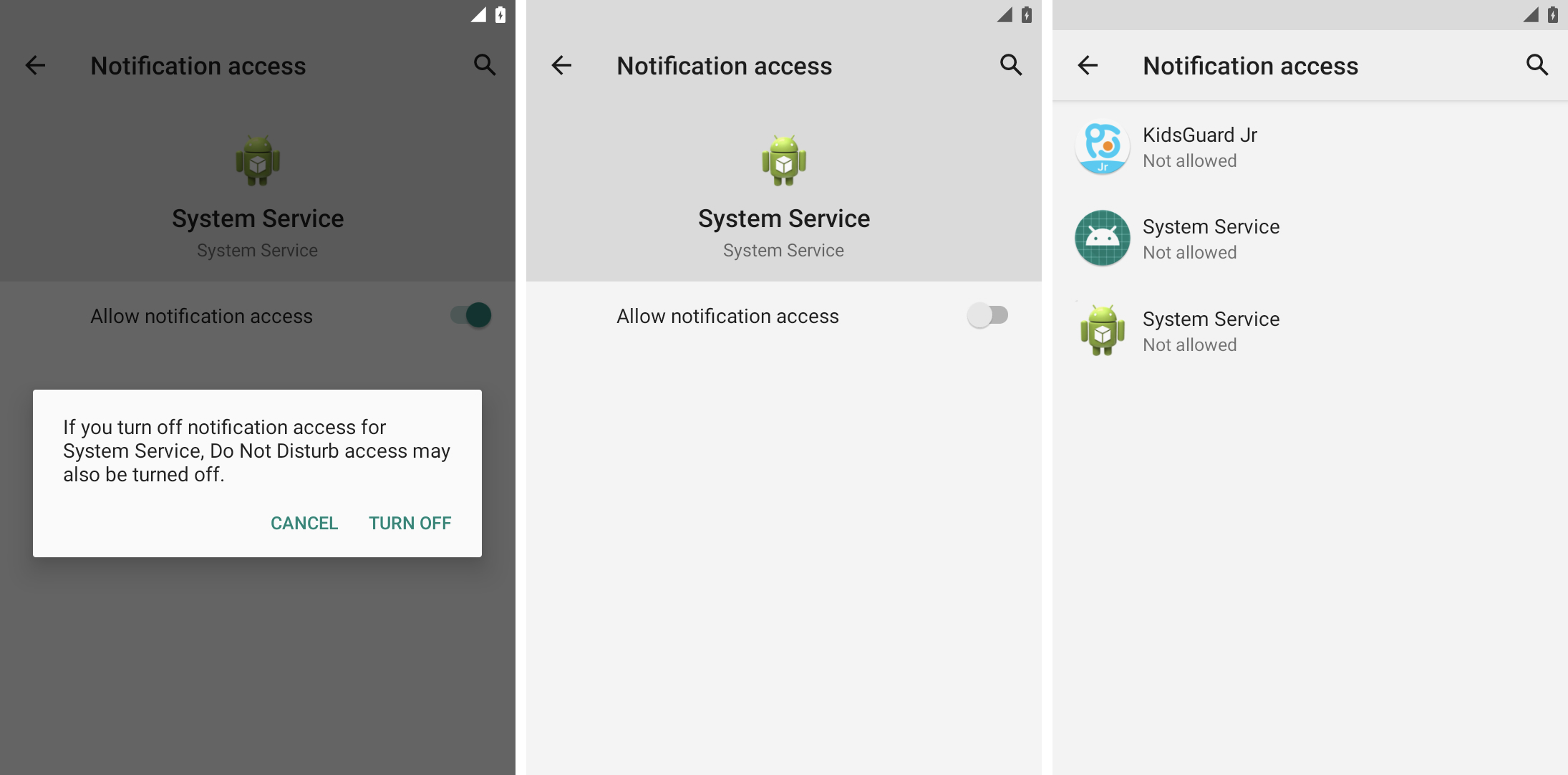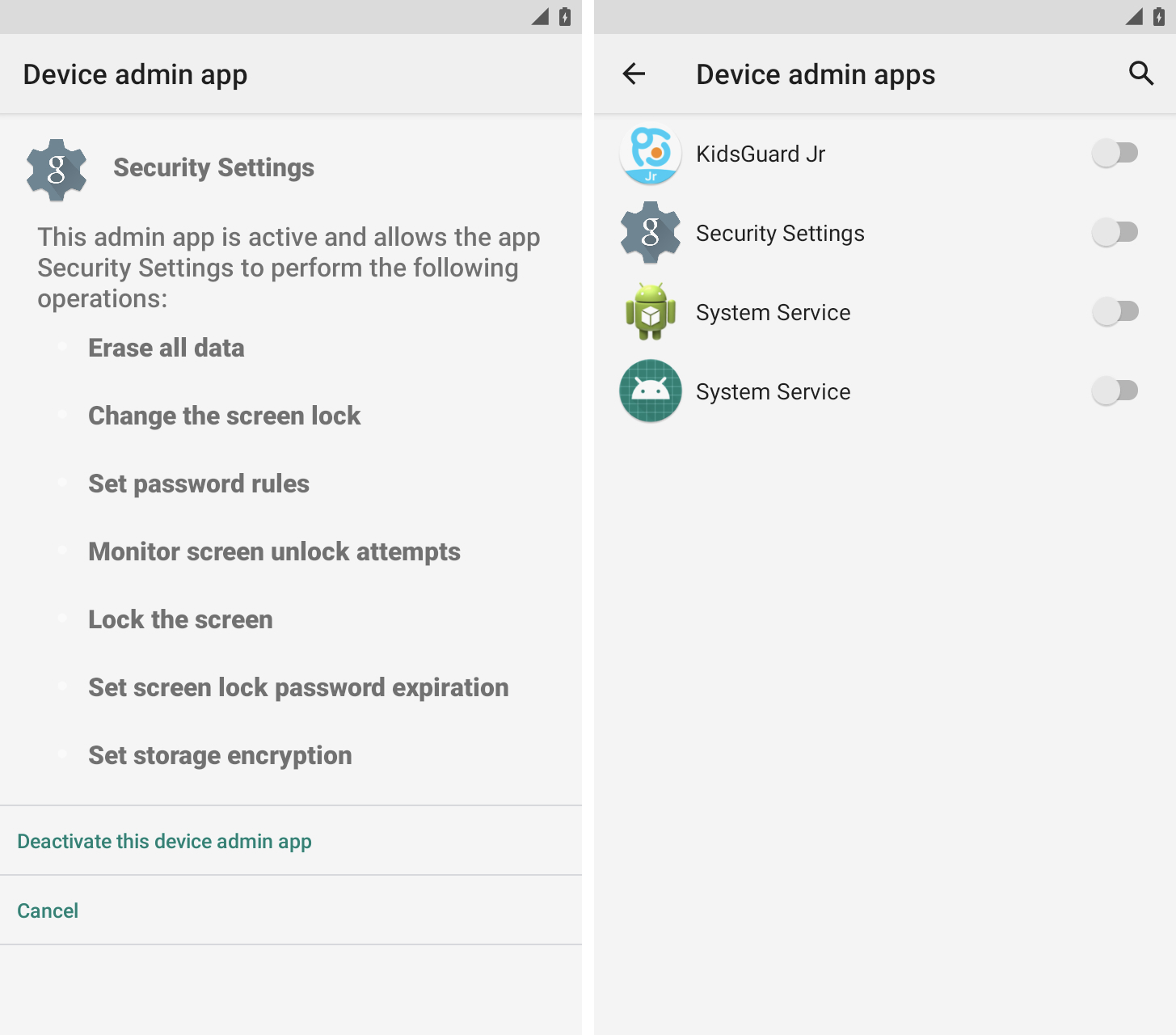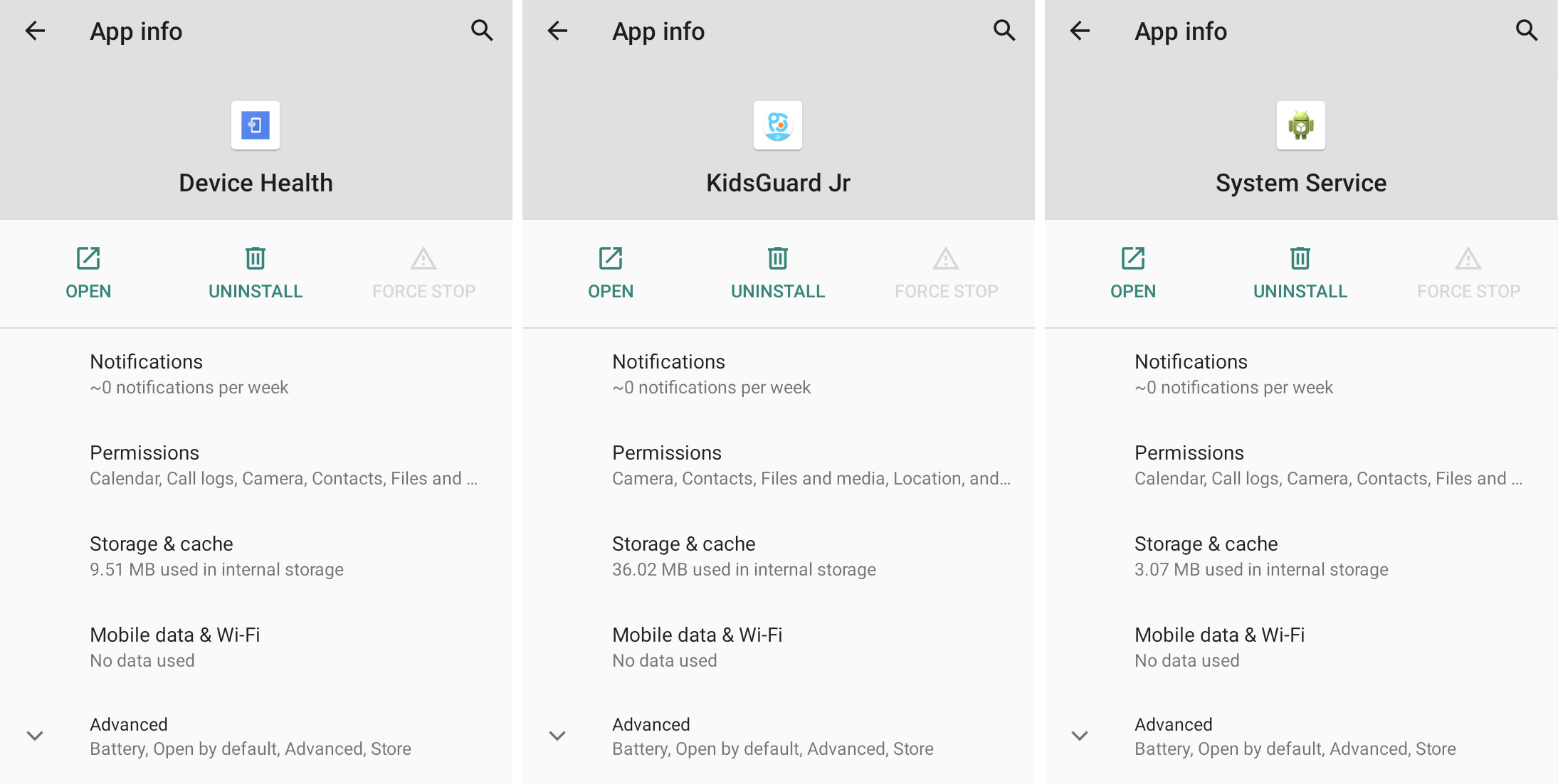Your Android phone could have stalkerware — here’s how to remove it

Consumer Spyware Applications that secretly and continuously monitor your private messages, photos, phone calls, and real-time location are a growing problem for Android users.
This guide can help you identify and remove common monitoring apps from your Android phone, including TheTruthSpy, KidsGuard, and other apps.
READ OUR EXCLUSIVE SURVEY
Consumer spyware apps are frequently sold under the guise of child monitoring or family tracking software, but are called “stalking software” and “spouse software” because of their ability to track and monitor as well. partners or spouses without their consent. These spyware apps are downloaded from outside the Google Play app store, installed on a phone without a person’s permission, and often disappear from the home screen to avoid detection.
Stalkerware apps rely on the abuse of built-in Android features that are typically used by businesses to remotely manage their employees’ work phones or use Android’s Accessibility Mode to spy on someone’s device. ‘A.
You may notice that your phone is behaving unusually, running hotter or slower than usual, or using large amounts of network data, even when you’re not actively using it.
Checking if your Android device is compromised can be done quickly and easily.
Before you start
It’s important to have a safety plan in place and reliable support if you need it. Keep in mind that removing spyware from your phone will likely alert the person who installed it, which could create a dangerous situation. The Coalition Against Stalkerware offers advice and guidance to victims and survivors of stalkerware.
Note that this guide only helps you identify and remove spyware applications, it does not delete data already collected and uploaded to its servers. Additionally, some Android versions may have slightly different menu options. As with any advice, you follow these steps at your own risk.
Check your Google Play Protect settings
Make sure Google Play Protect, a security feature on Android phones, is turned on. Image credits: TechCrunch
Google Play Protect is one of the best protections against malicious Android apps by examining apps downloaded from the Google app store and external sources for signs of potentially malicious activity. These protections stop working when Play Protect is disabled. It’s important to make sure Play Protect is enabled to ensure it works and scans for malicious apps.
You can verify that Play Protect is enabled via the Play Store app settings. You can also scan for harmful applications, if a scan has not already been performed.
Check if accessibility services have been tampered with
Stalkerware relies on deep access to your device to access data and is known to abuse Android’s Accessibility Mode which, by design, requires broader access to the operating system and your data for screen readers and other accessibility features to work.
Android users who don’t use apps or accessibility features should not see any apps in their Android settings.
If you don’t recognize a downloaded service in the accessibility options, you may want to disable it in the settings and delete the app. Some stalkerware apps are disguised as ordinary-looking apps and are often called “Accessibility”, “Device Health”, “System Service” or other innocuous-sounding names.

Android spyware often abuses built-in accessibility features. Image credits: TechCrunch
Check your access to notifications
Just like accessibility features, Android also allows third-party apps to access and read your incoming notifications, such as allowing smart speakers to read alerts aloud or your car to display notifications on its dashboard. Granting notification access to a stalkerware app allows persistent monitoring of your notifications, which include messages and other alerts.
You can check which apps have access to your notifications by checking your Android notification access settings under Special app access. You may recognize some of these apps, like Android Auto. You can disable notification access for any app you don’t recognize.

Spyware exploits access to notifications to read user messages and other alerts. Image credits: TechCrunch
Check if a device administration app has been installed
Other features commonly used by tracking software are Android device administration options, which provide similar but even broader access to Android devices and user data.
Device management options are typically used by businesses to remotely manage their employees’ phones, such as wiping the phone in the event of a device theft to prevent data loss. But these features also allow stalkerware apps to spy on Android screen and device data.

An unrecognized item in your device’s admin app settings is a common indicator of phone compromise. Image credits: TechCrunch
You can find the device administration app settings in Settings under Security.
Most people don’t have a device administration app on their home phone, so be careful if you see an app you don’t recognize named something as obscure and vague as “System Service” , “Device Health” or “Device Administrator”. .”
Check the applications to uninstall
You may not see an icon on the home screen for any of these stalkerware apps, but they will still appear in the apps list on your Android device.
You can view all installed apps in Android settings. Look for apps and icons you don’t recognize. These apps may also appear to have broad access to your calendar, call logs, camera, contacts, and location data.

Spyware applications are designed to blend in with generic-looking names and icons. Image credits: TechCrunch
Force stopping and uninstalling a stalkerware application will likely notify the person who installed the stalkerware that the application no longer works.
Secure your device
If tracking software has been installed on your phone, chances are your phone has been unlocked, unprotected, or your screen lock has been guessed or learned. A stronger lock screen password can help protect your phone from intruders. You should also protect your email and other online accounts using two-factor authentication wherever possible.
If you or someone you know needs help, the National Domestic Violence Hotline (1-800-799-7233) provides free, confidential 24/7 assistance to victims of domestic violence and violence. If you are in an emergency situation, call 911. The Coalition Against Stalkerware has resources if you think your phone has been compromised by spyware.
Read more on TechCrunch:
techcrunch





